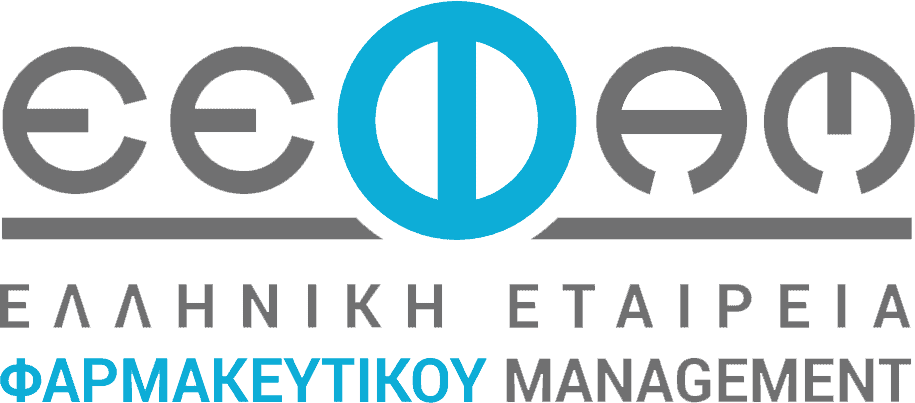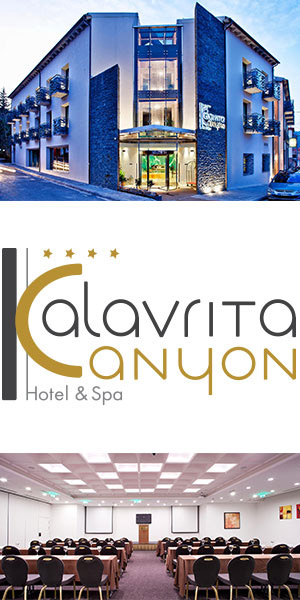The most efficient leader is not necessarily the best leader.
As Stanton Chase’s International Chair of the Board, part of my job is understanding what makes good leaders different from bad ones. It may surprise you to learn that good leaders do not always exhibit the traits you might expect. Sometimes the best leaders seem inefficient, but their results speak for themselves.
“Over the decades I have spent in executive search, I have learned that leaders who consider themselves highly efficient are often not the most effective.”
Highly efficient leaders are task-oriented. It is important to them to get the job done, and they think they know exactly how to do it. Their lofty expectations come from their belief that they have laid out a roadmap to success that cannot fail if everyone invests the same amount of time and energy into it as they have.
They do not always get it right, however. Most of us know a highly efficient leader who just cannot seem to reach the level of success they should. Despite their hard work, productivity, execution, and planning, they cannot drive the company forward.
Why This Phenomenon is Prevalent
- Highly efficient leaders often neglect the people-management aspect of their roles. Developing relationships with your employees is critical as a leader, even when you are chasing results. Seeing others as nothing more than a means to an end is a recipe for disaster. When employees feel unimportant, their work suffers, and they are less likely to go the extra mile.
- Highly efficient leaders are often a driving force behind high turnover. Burnout occurs when highly efficient leaders allow their employees to feel dispensable because of the amount of pressure they place on them. A manager who overworks employees or handles them poorly may negatively impact their long-term mental health, leading to resignations.
- Highly efficient leaders often suffer from tunnel vision. Rather than strategize or look at the bigger picture, many highly efficient leaders prefer to grind their way to success. This lack of strategy means they are often unable to achieve results despite their desire and effort. Their tunnel vision can also cause division within the teams they manage.
- Highly efficient leaders are often poor self-leaders. Being a good self-leader means more than just taking responsibility for your team’s strategy; it means getting enough sleep, exercising, and spending quality time with your loved ones. Highly efficient leaders often suffer because they overwork themselves and set unrealistic expectations. In other words, they not only burn out their teams but also themselves.

When Efficiency Leads to Failure
You might be thinking, “But Jan-Bart, efficiency can’t be a bad thing!”
The answer is that there is nothing inherently wrong with being efficient. The problem is that in their quest for efficiency, good leaders often make bad decisions.
No case study illustrates this better than Merrill Lynch & Co’s 2007 crisis.
In 2007, the company’s new CEO was a highly efficient leader. He seemed committed to making changes that would benefit the organization. That was not the end result, however. The new CEO overhauled the company’s operations and completely changed its culture, and not for the better.
Under his leadership, the brokerage eschewed its famed warm and maternal culture. This wasn’t accidental. It was one of the CEO’s goals. As a result, many employees quit and joined competitors like Goldman Sachs and Morgan Stanley.
Instead of selling stocks and bonds, he also chose to focus on riskier bets, such as accumulating subprime mortgage assets.
Despite initially appearing profitable, the CEO’s investment turned toxic. He would have known that this was the inevitable outcome if he had not expulsed the executives who warned him.
After Merrill Lynch & Co. had already written off multibillion-dollar assets, the board removed the CEO from his position to prevent further damage.
Reuters asked an analyst at C.S. Mckee (a shareholder of Merrill Lynch) why the CEO had faced the difficulties he had. The analyst replied, “[He] doesn’t like a lot of debate. People who don’t agree with him, no matter how talented they are, weren’t around long. That’s his Achilles’ heel.”

When Inefficiency Becomes Efficiency
If you are a highly efficient leader, you probably think I am unfairly picking on you. After all, surely less task-oriented leaders are doing an even worse job? It’s important to realize that efficiency can appear inefficient when measured by the wrong metrics.
Campbell’s Soup’s stock prices were falling rapidly when Douglas Conant became CEO in 2001. In fact, it would not be erroneous to say that the brand that inspired Andy Warhol’s famous Campbell’s Soup Cans painting was on its deathbed.
Upon joining the company, Conant realized its toxic culture was hindering its success. His goal was to improve engagement by doing something that looked inefficient to an untrained observer: he started getting to know his employees. Keeping a pedometer by his side, Conant committed to walking 10,000 steps each day at work and interacting with as many staff members as possible.
His strategy worked. The company’s culture improved, its employees were happier, and its profits skyrocketed.
Conant’s appointment saved Campbell’s Soup. It also resulted in its organic growth exceeding both the S&P 500 and the S&P Food Group.
How to Avoid Falling into the Efficiency Trap
- Think like Conant and identify ways to focus on people instead of tasks. It is not necessary to walk 10,000 steps a day, but it is important to understand what your team needs to thrive. It is only through getting to know the individuals on your team that you can build an understanding of this nature. If you feel awkward at first, be genuine and don’t force it.
- Avoid being like Merrill Lynch & Co’s 2007 CEO and shying away from feedback. Never be afraid to ask your team what you can do to do a better job. If someone tells you there’s room for improvement, don’t react negatively or get upset. People may stop giving honest feedback if you make it uncomfortable to do so, and you may end up investing in subprime mortgages even though most of your team knows it’s a terrible idea.
- Do not assume that there is no room for improvement. Take time to sit down and think about your leadership style. Ask yourself whether you are doing everything in your power to empower those you manage or whether you are potentially in danger of alienating or demotivating them. Introspection is the most valuable tool in a leader’s toolbox.
Highly efficient leaders often do not succeed because they fail to learn how to manage people instead of tasks. I know it can be difficult to take a step back and realize you are not Atlas who can shoulder the world alone, but it is true. You need your team, and they need to be passionate and emotionally invested in your vision.
About the Author
Jan-Bart Smits is Stanton Chase’s International Chair of the Board and a Managing Partner of our Amsterdam office.
Πηγή: stantonchase.com







